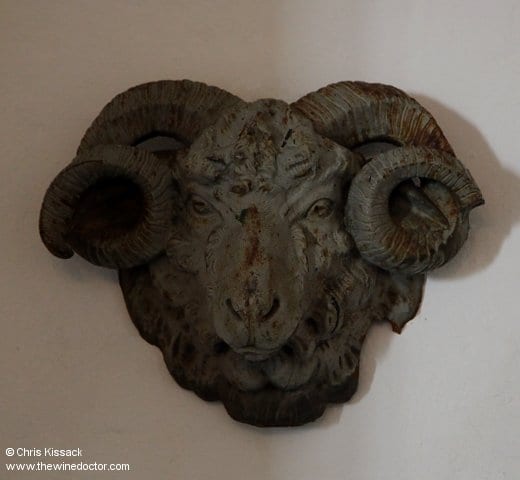Château Mouton-Rothschild: Origins
Researching the very early history of Château Mouton-Rothschild is rather like peering into a deep, dark and murky pool; there is nothing untoward to be suspected, it is just that information predating the 18th century is rather difficult to come by. There is one simple and very unfortunate explanation as to why this is the case; during World War II the estate was occupied by German troops, and perhaps unsurprisingly when we remind ourselves that the Rothschilds are a Jewish family they did not have a great deal of respect for the Mouton archives. As a consequence of their actions many of the documents that would have informed us of Mouton’s early history were destroyed at this time. Thus it is not really until the latter part of the Rothschild era, and the developments they oversaw during the remaining years of the 20th century, that the story of the estate becomes more tangible.
Nevertheless, in spite of this paucity of research material we can still deduce something of Mouton-Rothschild’s early years. First of all, the name of Mouton does not relate to a long dead owner as we might perhaps expect. Nor does it refer to anything ovine, although I would not blame anyone for thinking that it did; the Rothschilds and their artists’ labels are as much to blame for such a misconception as anyone else, as the ram is a frequently recurring motif here, both on the label and around the Mouton-Rothschild estate (the ram’s head pictured below, encountered when inspecting the newly erected facilities at Mouton-Rothschild in 2013, is one example). No, in truth mouton is – as is also the case with lafite – derived from a word that refers to the gentle rise of land on which the estate rests, in this case coming from the words motton or mothe.

